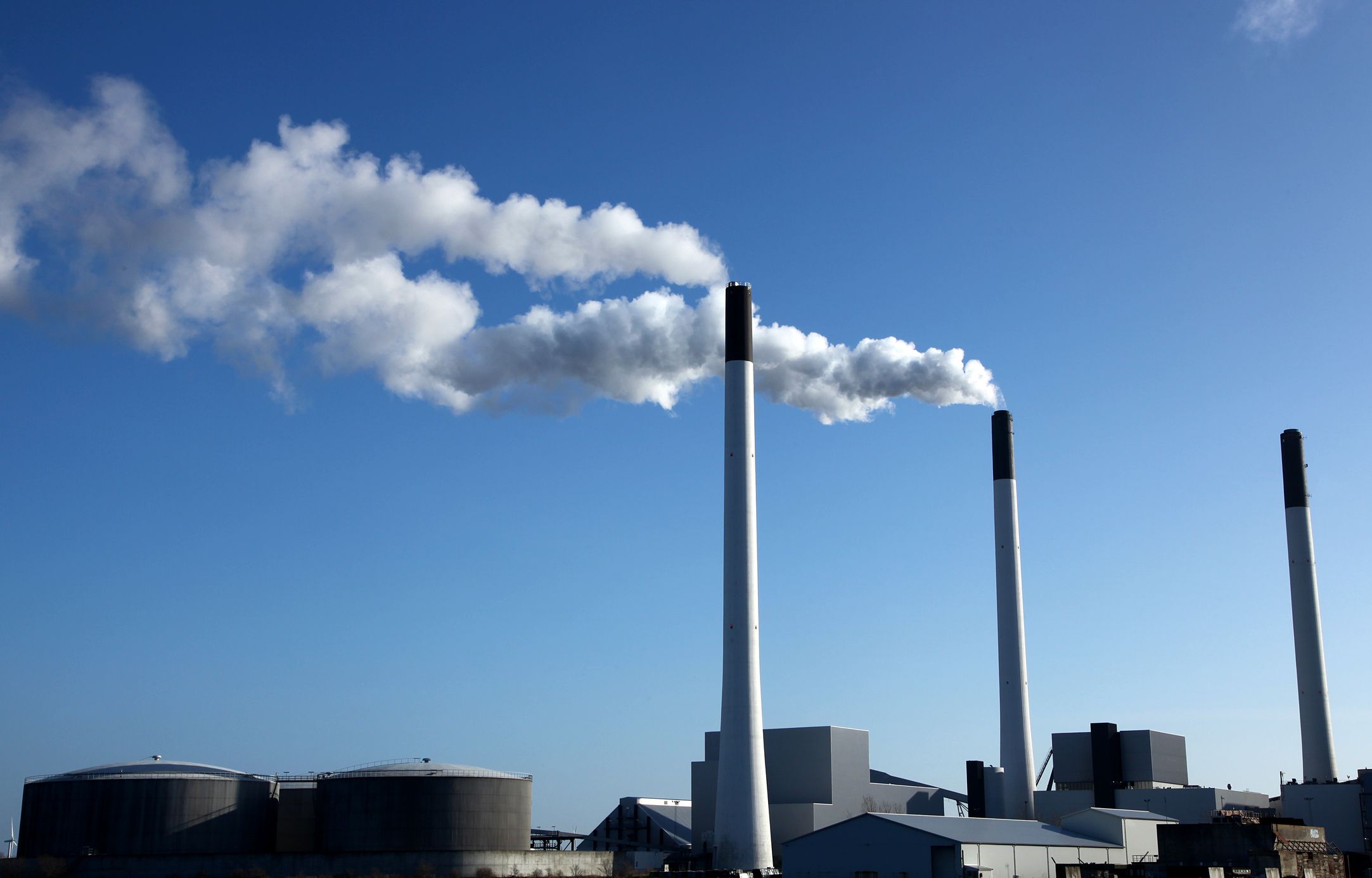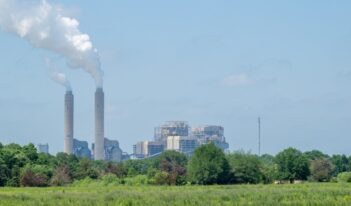
After a long battle, the Cross-State Air Pollution Rule receives an update.
Every U.S. state fights to reduce pollution in order to preserve the quality of its air and to meet federal standards. But borders do not have walls: wind is capable of carrying pollution all the way from China to the United States. How then does the government ensure that one state’s emissions do not unduly reduce its neighbors’ air quality?
The Cross-State Air Pollution Rule, which dates back to President Obama’s first term, requires states to reduce power plant emissions that “significantly contribute” to smog or soot levels in other states. Specifically, the rule permits the Environmental Protection Agency (EPA) to identify states with smog and soot levels that cause downwind states to fall short of national air quality standards and to require those upwind states, which are located primarily in the Midwest and the South, to reduce their emissions.
The rule was finalized in 2011 and replaced the less-stringent Clean Air Interstate Rule. It is authorized by the Good Neighbor Provision of the Clean Air Act, which allows EPA to regulate interstate pollution that interferes with national air quality standards.
Under the 2011 version of the Cross-State Air Pollution Rule, EPA calculated emission reductions that would sufficiently improve downwind air quality using a 1997 ozone standard for smog and a 2006 fine particle standard for soot. Now, under an update finalized in September, EPA will use a 2008 ozone standard that will require twenty-two states to further cut down on smog-inducing emissions. The fine particle standard remains the same.
The updated rule will impact roughly one thousand coal-, gas-, and oil-fired power facilities. EPA says that the benefits of the 2011 rule—an estimated $120 to $280 billion—far outweighed the costs of approximately $800 million. Likewise, EPA urges that the health and environmental benefits of the 2016 update amount to more than ten times its cost. EPA also estimates that the rule and its update will prevent over thirteen thousand premature deaths, improve visibility in national and state parks, and protect vulnerable ecosystems in the Adirondack and Appalachian Mountains.
The update “builds on the decades of success under the Clean Air Act,” said Janet McCabe, the acting assistant administrator for EPA’s Office of Air and Radiation. “The common-sense actions that power plants can take to quickly and affordably reduce this harmful pollution will help protect the health and lives of millions of Americans.”
To comply with pre-2011 rules on cross-state pollution, upwind states submitted implementation plans that addressed “significant cross-state air pollution,” which were reflected in emissions reduction budgets proportional to the pollution emitted by each state. But under the both the 2011 version of the Cross-State Air Pollution Rule and its latest update, EPA instead requires each upwind state to reduce emissions by an amount that can be achieved at a uniform cost. That is, EPA considers the cost of pollution reduction in addition to the amount of pollution that each state actually emits. This method rewards states that already have taken “easy” pollution reduction measures—and puts the burden on states that can reduce a larger amount of pollution at a lower cost.
EPA plans to implement the update by assigning an emissions budget to each regulated state. Beginning in 2018, states will be able to submit their own plans.
Several upwind states and industry groups challenged the 2011 rule, claiming that EPA exceeded its statutory authority under the Clean Air Act by issuing uniform pollution standards for upwind states, rather than standards based on how many pollutants each state actually releases. But in 2014, the Supreme Court issued a 6-2 decision affirming EPA’s “cost-effective” emission reduction scheme.
After the Court remanded the case, the D.C. Circuit clarified that EPA cannot over-control upwind emissions beyond the point necessary to keep downwind states in compliance with ambient air quality rules. As a result, in this latest update to its rule, EPA shared calculations demonstrating that it does not over-control emissions.
Given their budgets, individual states choose how to slash power plant ozone and fine particle emissions. Their options include requiring power plants to install better equipment, increase maintenance, and use low-sulfur coal. Regulated power plants might also consider switching to a renewable or cleaner energy source. States can also trade emissions credits.
Industry groups have been critical of the cross-state air pollution rules, arguing that they are part of the Obama administration’s so-called “war on coal” and characterizing them as a “dangerous and costly” attack on states’ rights.
Reactions from environmental groups have been lukewarm, but for the opposite reason. An Environmental Defense Fund attorney called the rules “new and improved,” but another leader referred to the rules as a “partial solution.”
The EPA responded by suggesting that the update might be a stepping-stone to stricter standards. The agency will “continue to look at the availability, cost-effectiveness, and timing of emission reductions beyond 2017,” said a spokeswoman.
Given that states and groups representing fossil fuel interests have challenged each of the Obama administration’s major air pollution regulations, some experts expect a legal challenge to the updated rule. The odds that such a challenge would succeed remain uncertain, given that other recent lawsuits over air pollution rules have had mixed results: earlier this year, the Supreme Court rejected a challenge to the Obama administration’s rule on power plant mercury emissions, but it also ordered that the administration refrain from enforcing its high-profile Clean Power Plan.
Barring any successful legal challenges, the updated rule will take effect next May.



